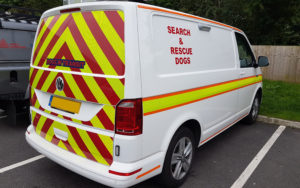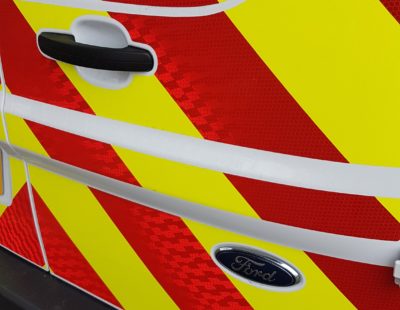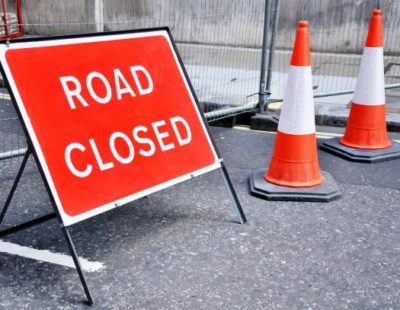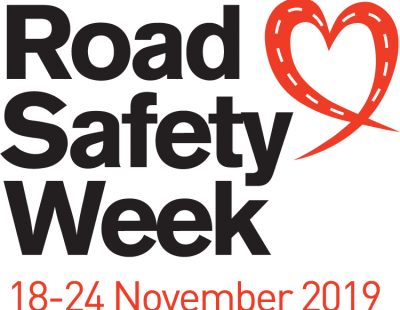Created by the Department of Transport, Safety at Street Works is a code of practice concerning the safe and best practices of signing, lighting and guarding streets works and road works in the UK. The code of practice is also known as ‘The Red Book’ due to its characteristic red cover.
To find out more about Safety at Street Works and how to be compliant, use this mini guide to the code.
Safety at Street Works
The Safety at Streets Work regulations came into force on 1st October 2013, after an updated revision of previous New Roads and Street Works Act 1991. The legislation has been informing processes and health and safety measures at road and streets works since. The primary aim of these practices is to keep all people, from workers to pedestrians to other road users, safe when around works. Road safety is critically important and cannot be overlooked when work is undertaken.
The code applies to works done on highways and roads but excludes motorways and dual carriageways with speed limits of over 50mph. All those who perform works on the included roads must follow the code.
Legislation is clearly divided into sections: basic principle, operations, equipment, and vehicles. An illustrative guide, the Safety at Street Works code highlights how signs, lights and more should be laid out, equipment that must be used and working methods that should be followed. From planning through to completion of works, the code should be used to guide decisions and processes.
For guidance on safe practices during street works on high-speed carriageways and motorways, read Chapter 8, found in the Traffic Signs Manual. Additionally, separate guidance should be sought for comprehensive Health and Safety at Work, to ensure staff wellbeing.
See more: Chapter 8 Compliant Vehicle Reflectives
Safety at Street Works Law
Compliance with the code is a legal requirement for local highway authorities in England and Wales, or the road authority in Northern Ireland. Scotland have their own, but related, code.
Failure to comply with the legislation is considered a breach of the law. When undertaking works on roads, workers should consult the appropriate legislation and apply it to the scenario accordingly.
Safety at Street Works Users
The code of practice applies to:
– Highways authorities
– Utility companies
– Private companies
– Supervisors or managers
– Organisers
– General workers
Anyone who carries out work on the roads specified by this code must abide by the legislation. By taking measures and ensuring safety, companies and staff ensure the safety of vehicle road users, pedestrians, cyclists, equestrians, the disabled and others. Without the appropriate measures surrounding works, these groups are potentially at risk.
Safety at Street Works Measures
The 108-page legislation includes many scenarios and aspects to consider in regard to safe practice at street works. Here are examples of aspects covered in the code, as well as how companies can achieve compliance through Lakeside products and expertise.
High Visibility Clothing
It is critical that workers are visible when working on/near roads, even when setting up or removing signing. Therefore, workers in England and Northern Ireland must wear high visibility clothing according to British standards, usually a jacket with at least minimum visible material as specified by standards. In Scotland and Wales high visibility clothing must be long sleeved, or three-quarter sleeve if deemed necessary by a risk assessment.
Signage
Signs must be set out around works at suitable distances to give proper warning to motorists and pedestrians, with advanced signage for obstruction of visibility on approach such as hills or bends.
As demonstrated in Safety at Street Works, required signs are: ‘Road Works Ahead’ to warn others, ‘Road Narrow Ahead’ to demonstrate which side of carriageway is obstructed’, traffic control warnings to highlight any traffic control systems in place such as lights, and directional arrows to direct traffic left or right of works. On roads of more than 50mph, advance signs should be supplemented with distance plates displaying an arrow to the works and the distance in yards or miles. Additionally, for works on roads above 30mph or with busy traffic, an end sign should be set out.
According to the legislation, the size, shape and style of the signs should comply with standards TSRGD (Traffic Signs Regulations and General Directions), including the standard for reflectorisation. This means, the whole of the sign face must be reflectorised, except for parts coloured black.
If you are looking for temporary traffic signage, check out Lakeside.
Vehicles
Any vehicle stopping on carriageways during short durations or mobile works must be conspicuous. In Scotland and Wales, rear retroreflective chevrons are required by law; they are strongly recommended in England and Northern Ireland. The chevrons must comprise of alternate strips of red retroreflective material and yellow non-retroreflective material, over 150mm each and inclined at 45-60 degrees pointing upwards.
For further instruction on Chapter 8 compliance, or our retroreflective vehicle safety products, see Lakeside products. As members of the Retroreflective Equipment Manufacturers Association, we are certified suppliers of Chapter 8 compliant products.
Get Started with Lakeside
For expert advice and compliant products relating to Safety at Street Works legislation, get in touch with Lakeside. Our extensive capabilities and product range services road works companies, emergency services vehicles and other highway authorities to protect road users and keep people safe. From permanent traffic signage, to ECE 104 contour tape, even to digitally printable reflectives, we have everything vehicles need to become compliant and be seen.




